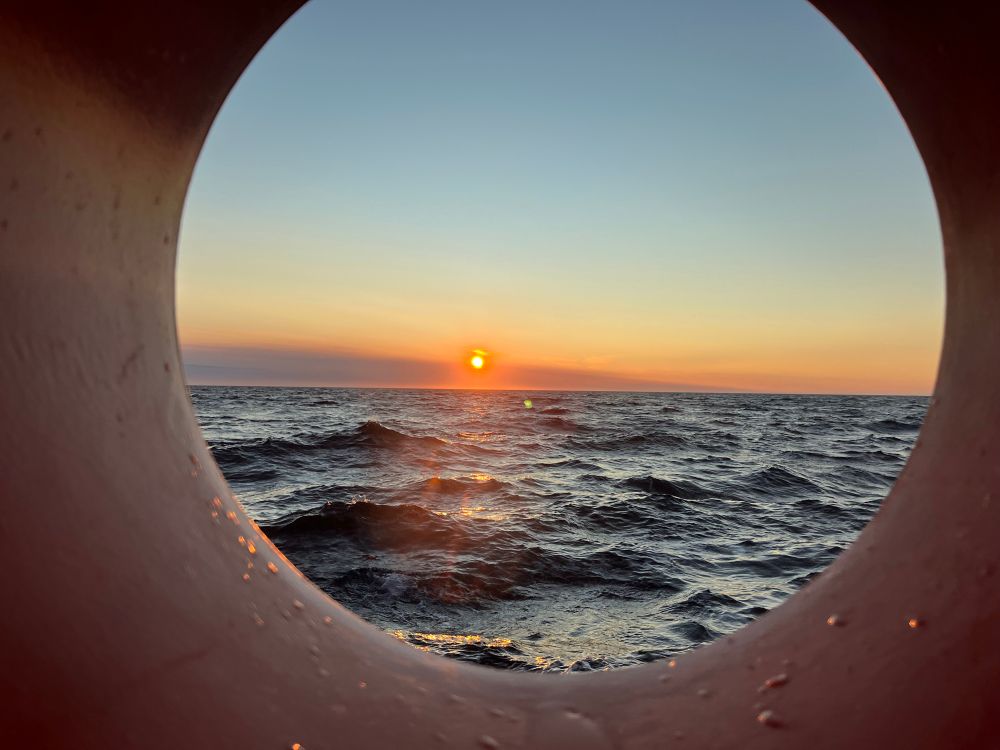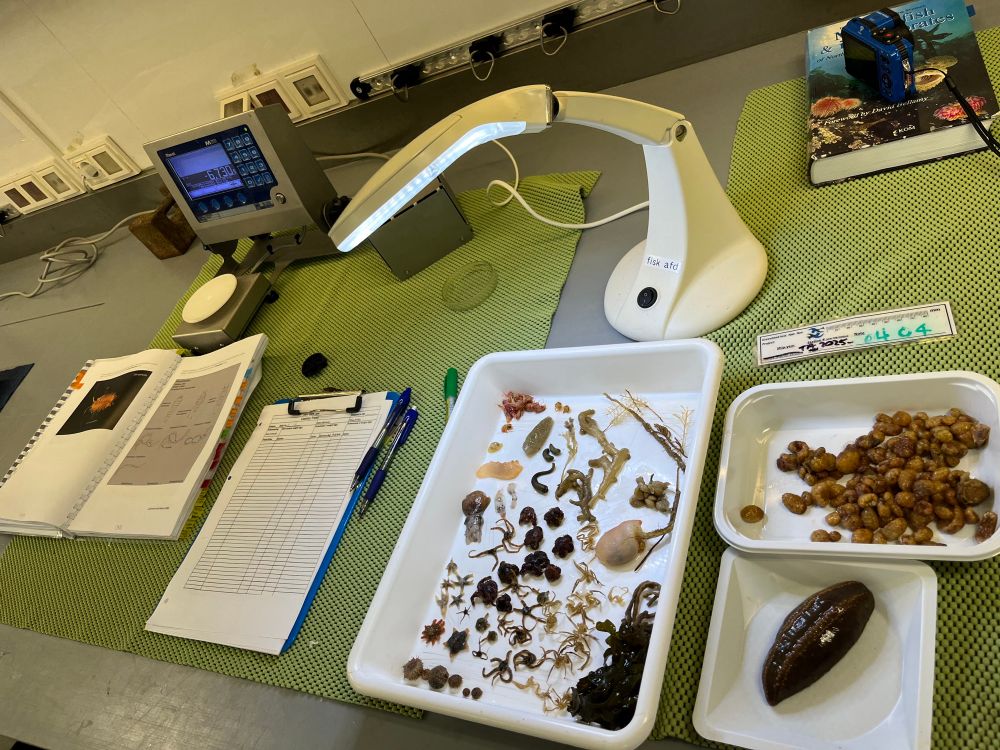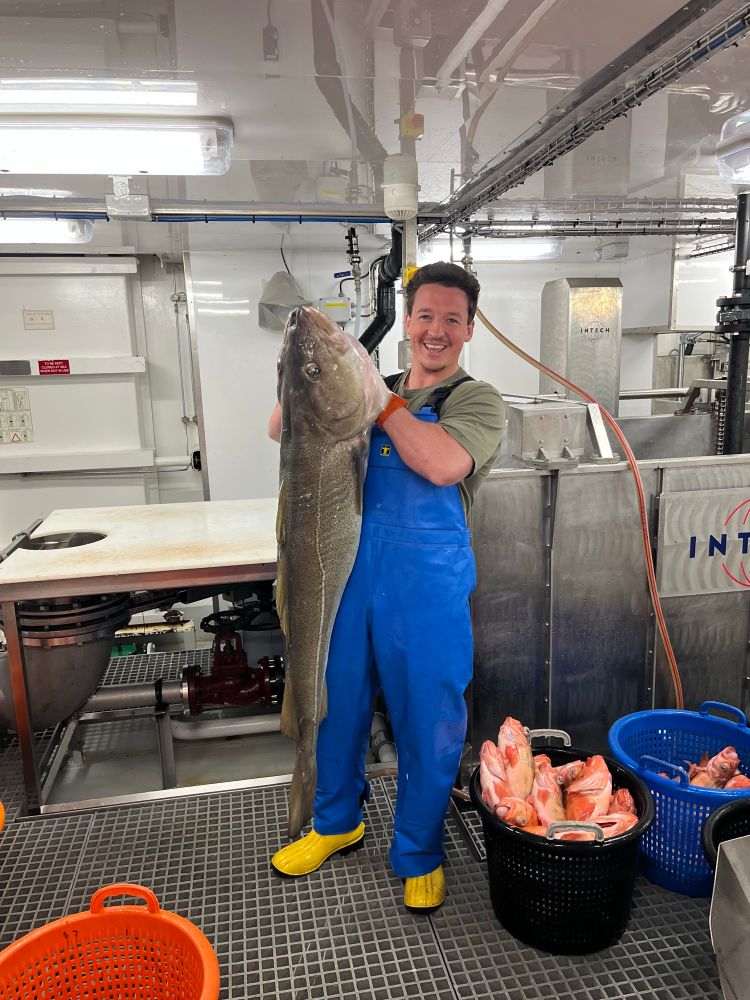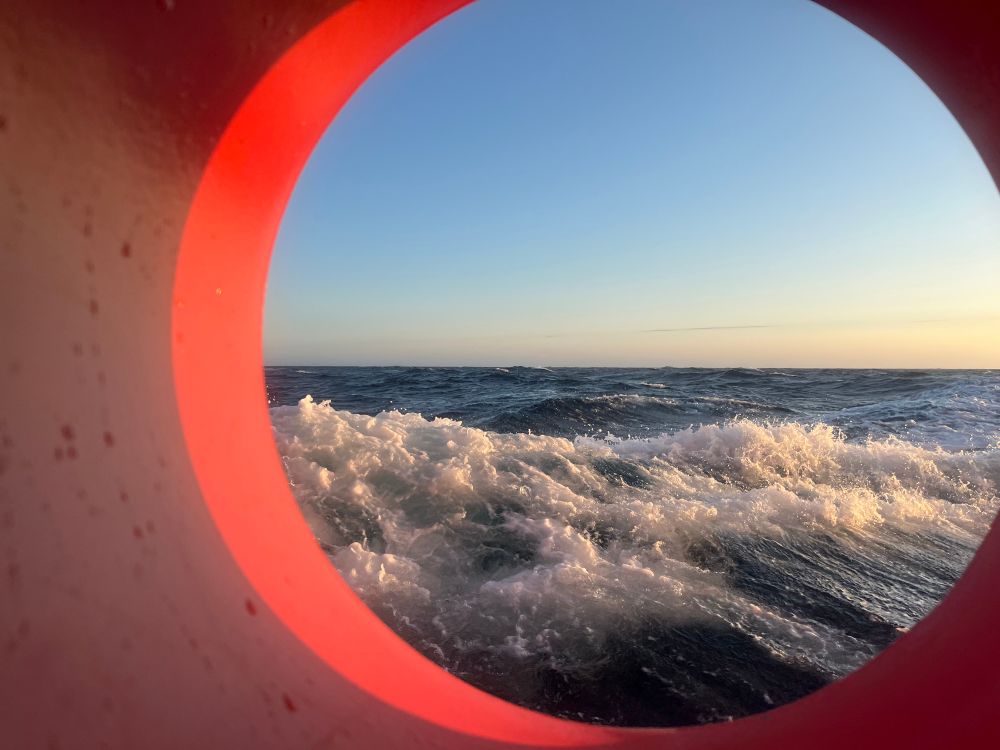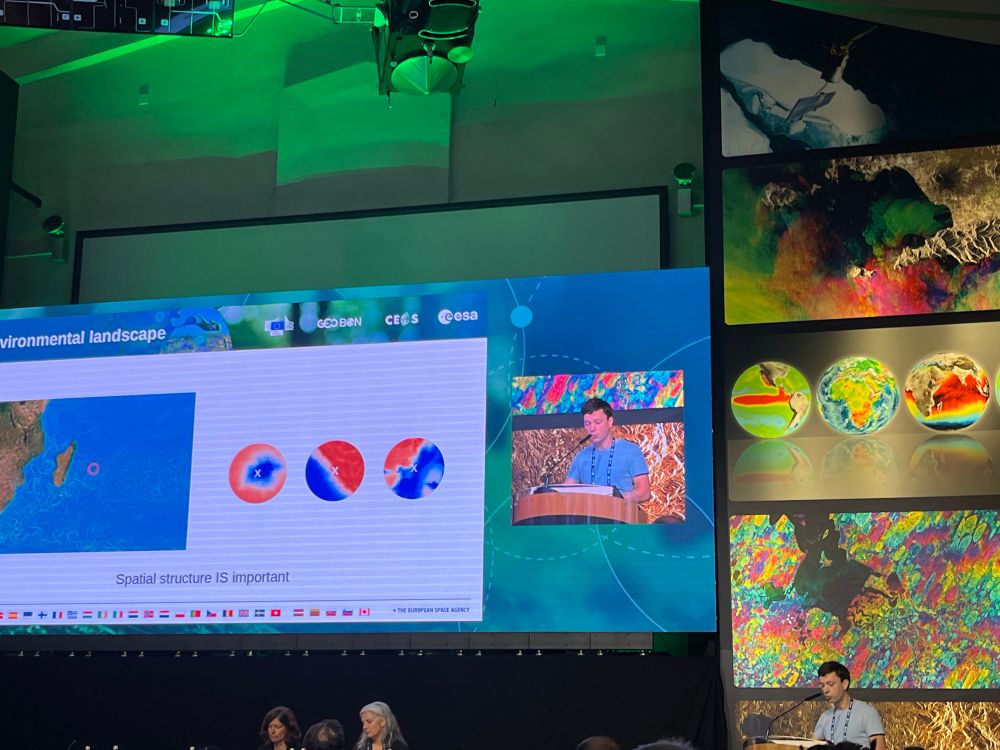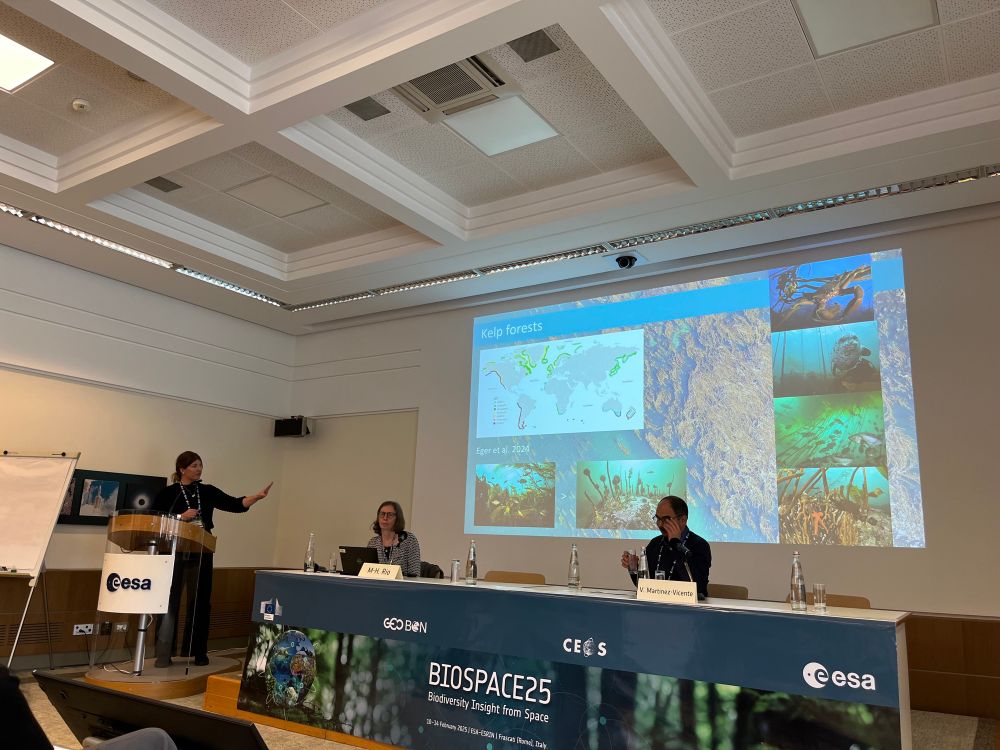
www.BedeFfinianRoweDavies.com




Through this work we feel we successfully achieved all of the first four aims and hope that this paper will achieve the fifth: a Call-to-Action!
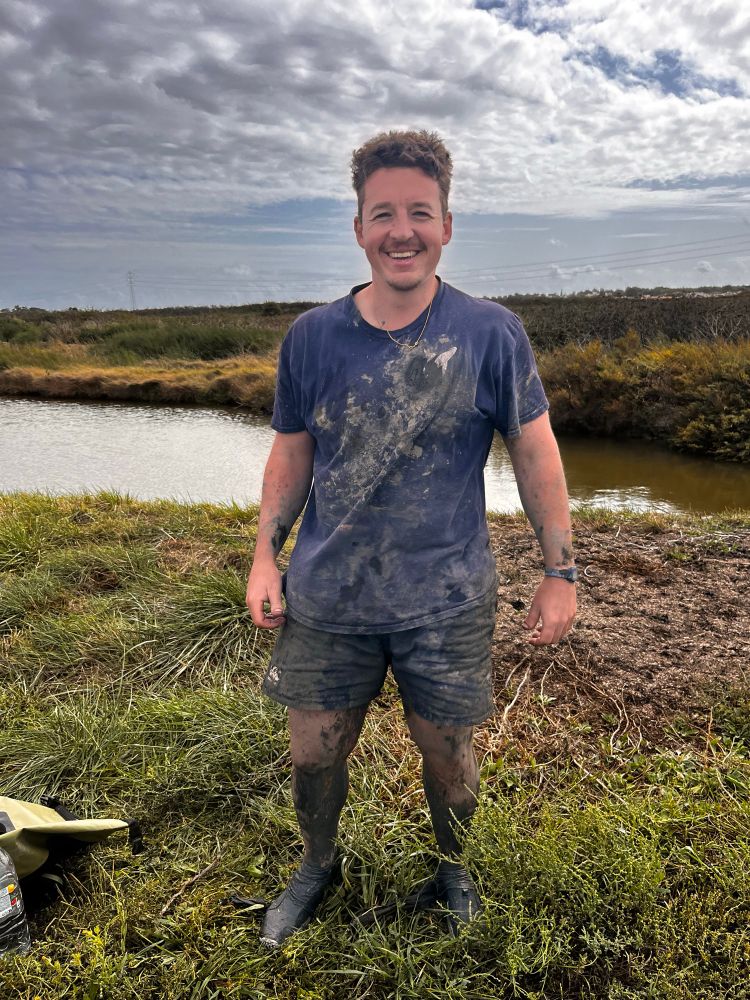
Through this work we feel we successfully achieved all of the first four aims and hope that this paper will achieve the fifth: a Call-to-Action!
3) provide a robust and scalable methodology to allow others to map intertidal seagrass at large scales
4) provide an open-access and hopefully easy to use tool to view this map

3) provide a robust and scalable methodology to allow others to map intertidal seagrass at large scales
4) provide an open-access and hopefully easy to use tool to view this map

